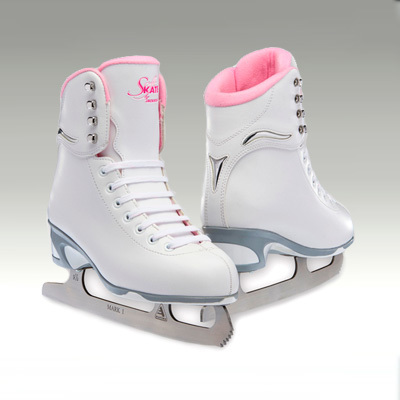The Best Ice Skates for Beginners: A Quick Buying Guide
The Best Ice Skates for Beginners: A Quick Buying Guide
Blog Article
Whether you're a veteran skater or perhaps just starting to examine the ice, correct preservation of one's snow skates is essential for ensuring they conduct at their best. Ignoring them can not just limit their life but in addition impact your knowledge on the ice skates. Here's a guide to keepin constantly your skates in top shape in order to glide smoothly every time.
1. Hold Your Knives Dried
Snow skate knives are prone to corrosion, that may seriously affect their performance. After every treatment on the snow, make it a habit to dry your knives carefully with a soft, absorbent towel. That small stage ensures that no water lingers, avoiding oxidation and guarding your knives from needless wear.

Pro Hint:
Never keep your skates in the bag soon after use. Damp situations may accelerate decay formation.
2. Use Blade Covers
When moving your skates or saving them in your bag, generally use blade protections or covers. These protections guard the sharpness of one's knives from contact with difficult areas and reduce accidental lacerations or dulling. Be sure to select material covers after skating, as plastic pads may trap moisture and improve the risk of rust.
3. Develop Your Knives Regularly
Snow skate knives need sharpening to steadfastly keep up their performance. Dull blades can impede your get a handle on and grip on the ice, ultimately causing a less satisfying and perhaps risky skate. According to use, skates should generally be sharpened following 15-20 hours of skating. Consult with a specialist to guarantee the blade's edges maintain their great curve and sharpness.
Signals You Require Maintenance:
•Slipping while cornering.
•Problem stopping or controlling speed.
4. Inspect Your Boots
Your skating experience doesn't conclusion with just your blades—your shoes enjoy an equally essential role. Regularly inspect for breaks in the leather, loose stitching, or broken eyelets. Keep the boots clear by wiping them down after every session, and store them in a ventilated room in order to avoid a distressing stench or warping.

5. Lacing Issues
Appropriate lacing guarantees base balance and prevents bumpy use in your shoes and blades. Lace your skates well, especially across the legs, for improved ease and control. Excessively limited lacing may cut flow, while free laces minimize stability.
Remain Glide-Ready
Sustaining your snow skates is not just about preserving their longevity—it's about ensuring your time on the snow is secure, easy, and enjoyable. By adding these simple preservation behaviors into your schedule, you'll maximize your skates' performance and your enjoyment on the rink. Pleased skating! Report this page